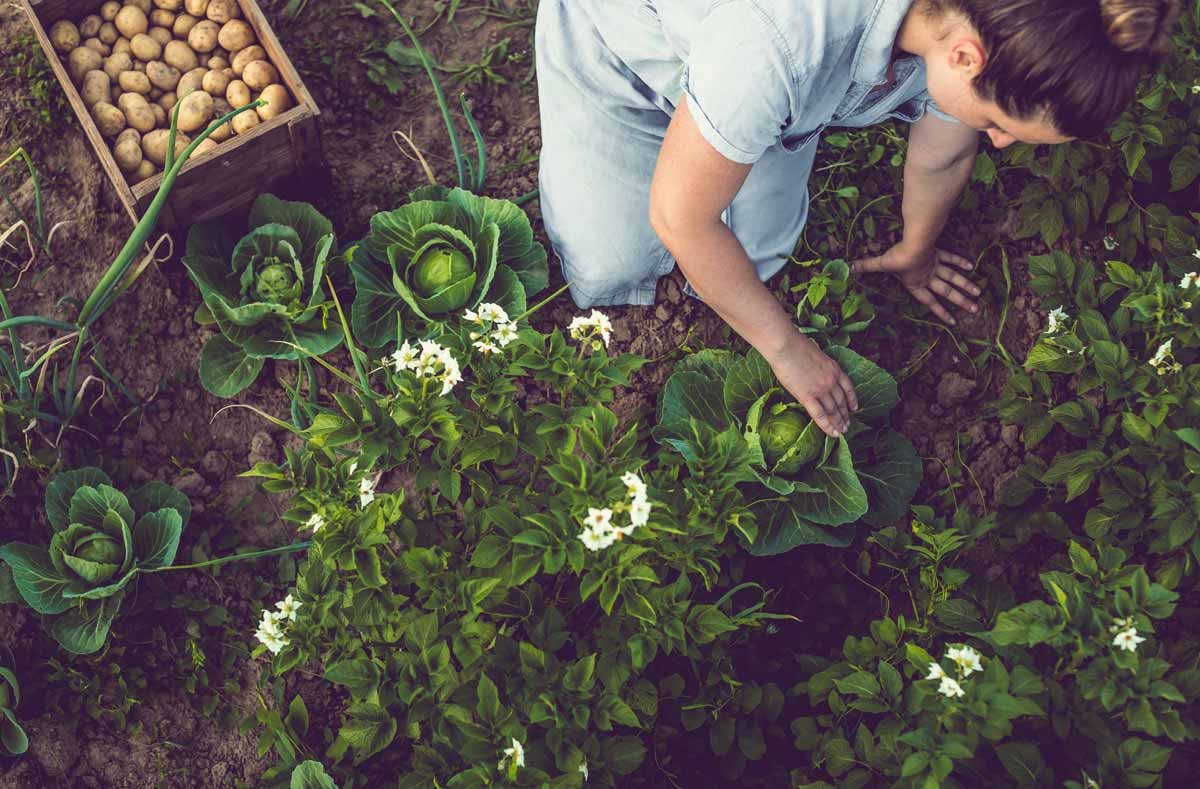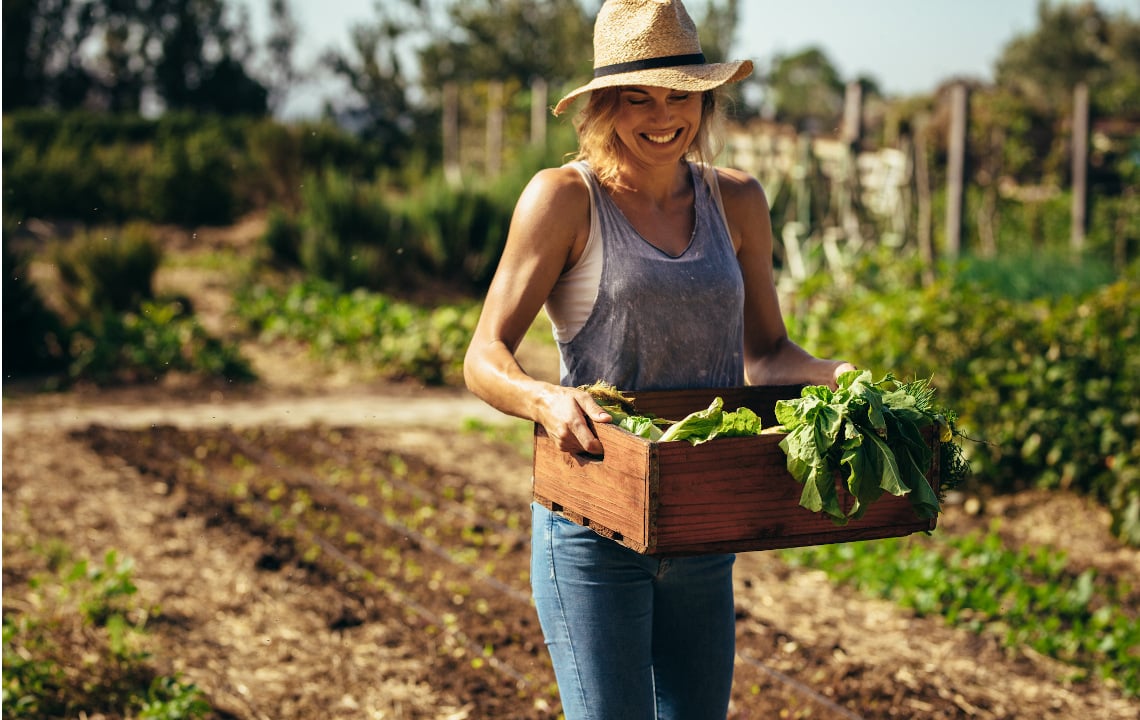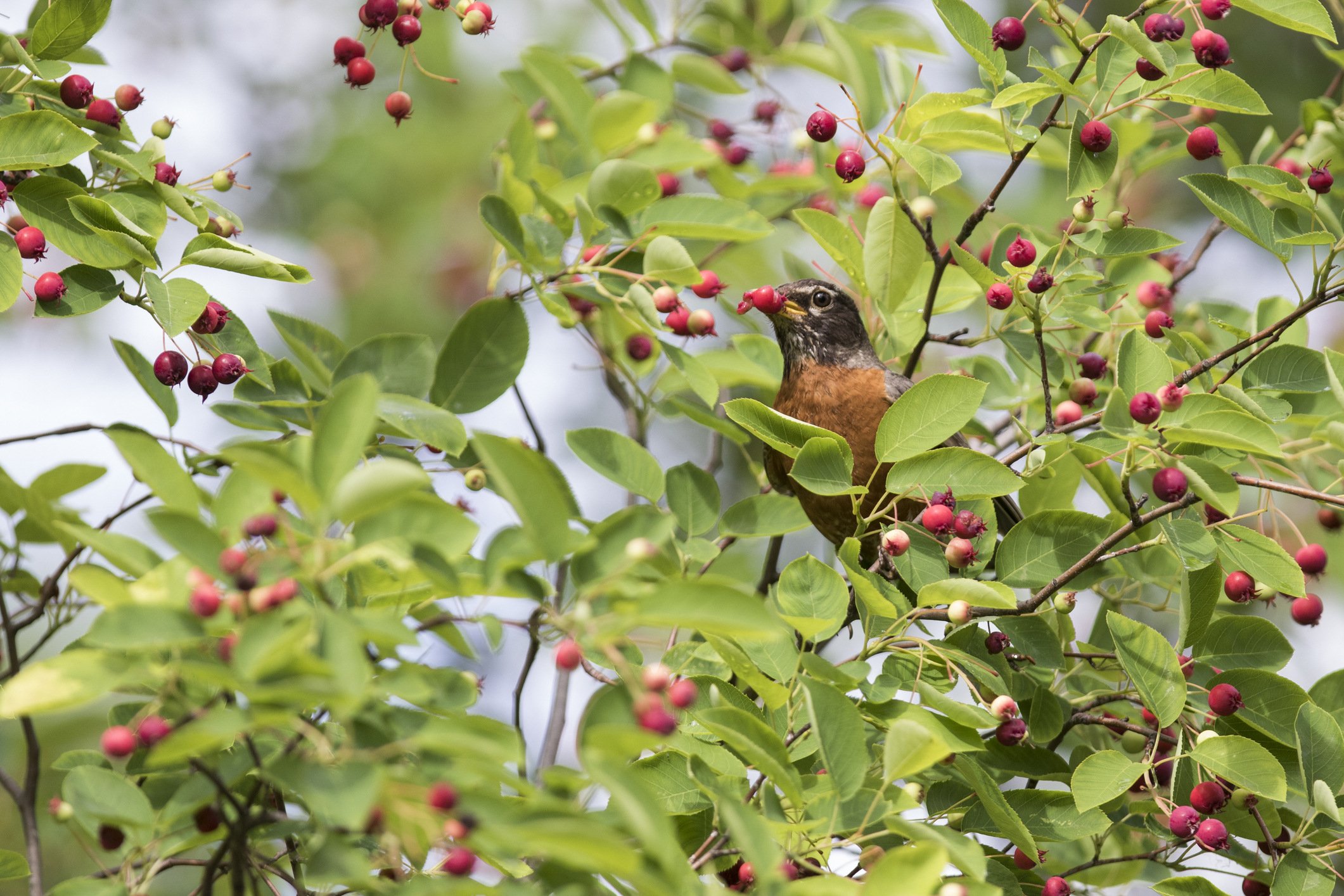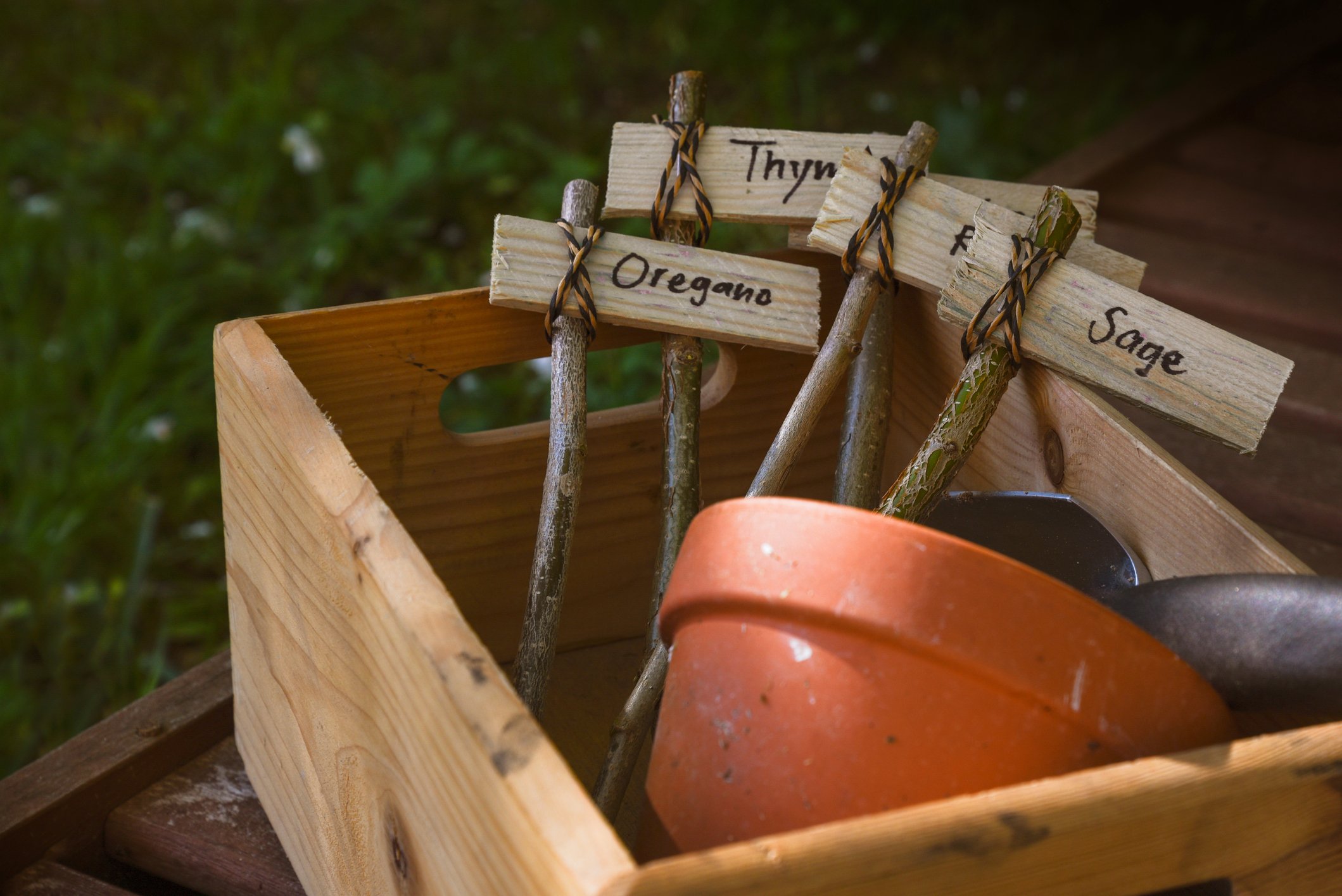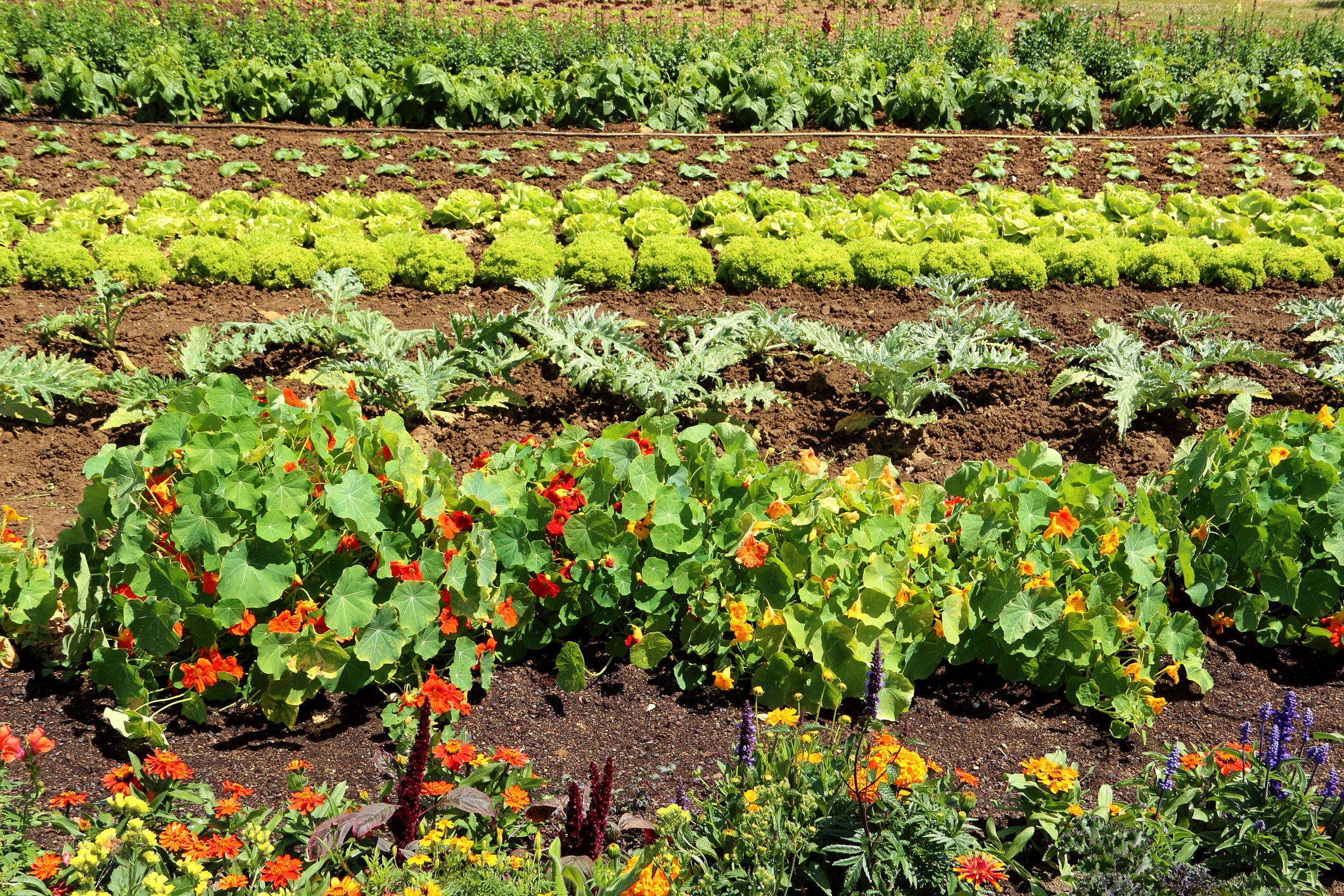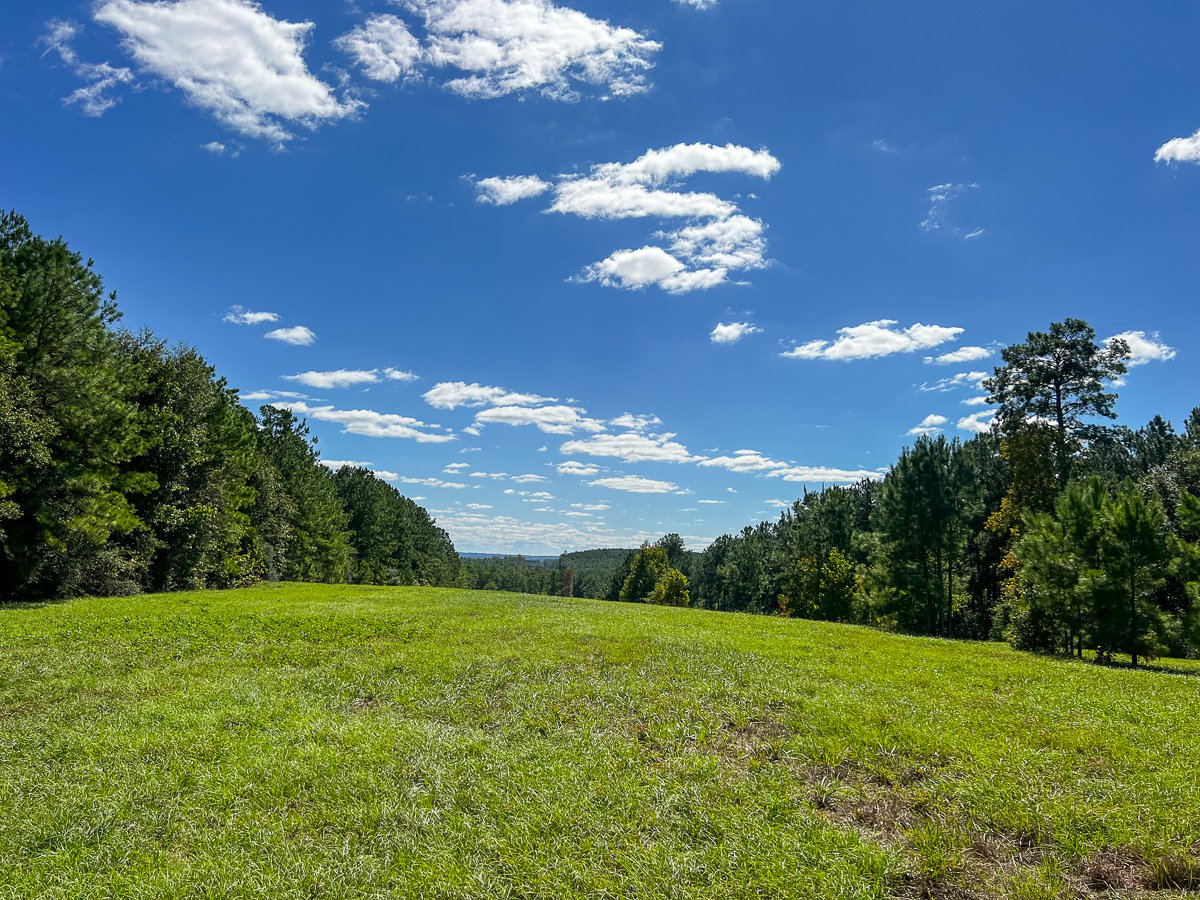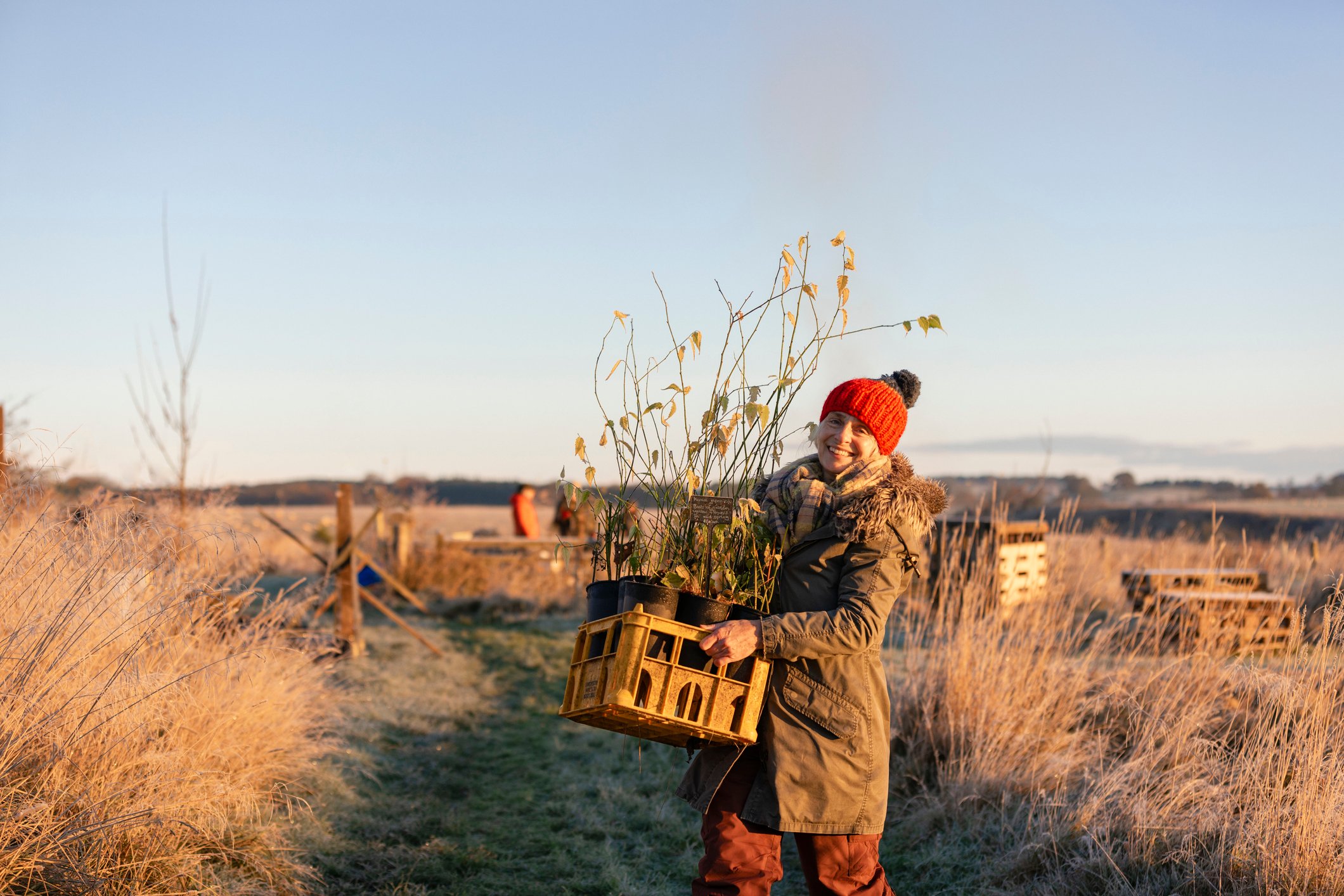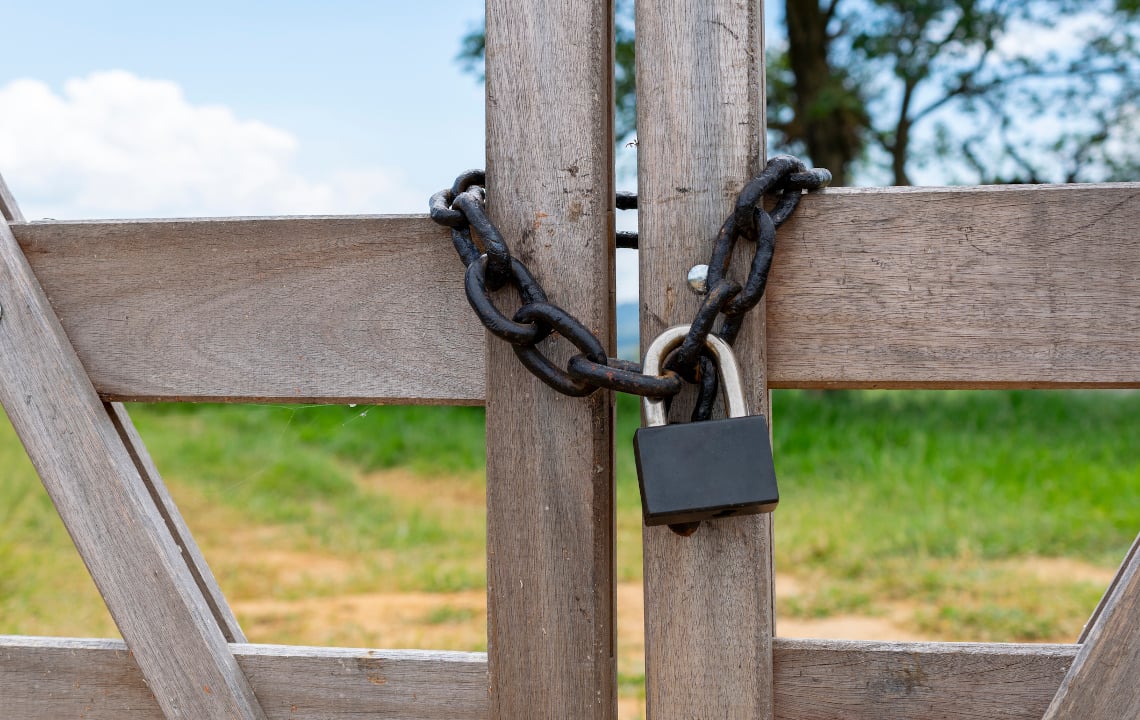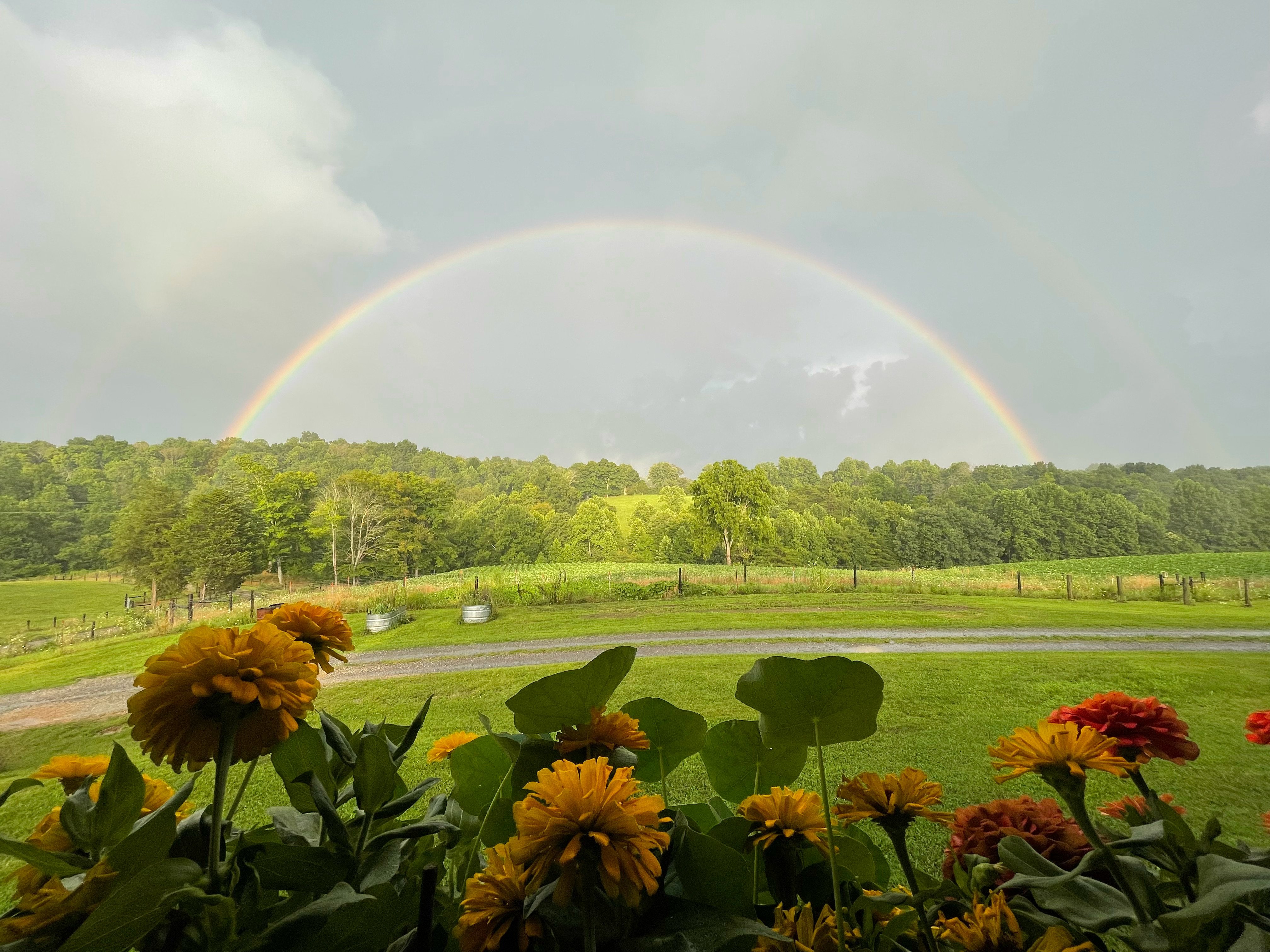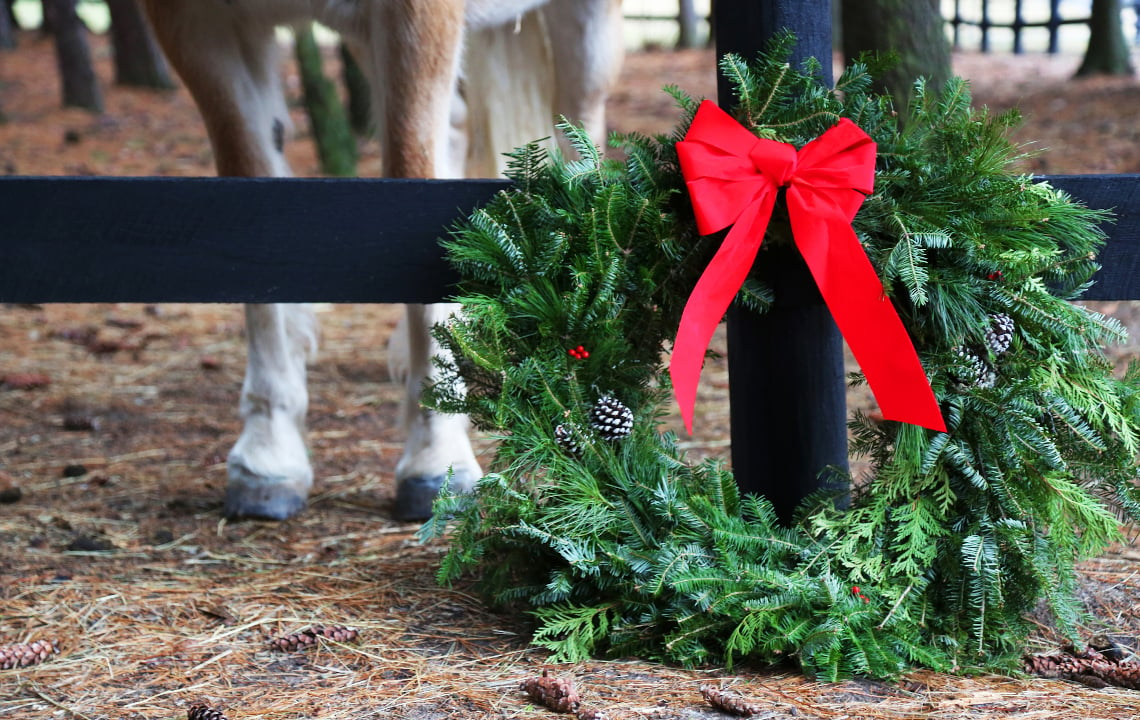We interview an expert in soil science to help you craft the garden of your dreams, even if you don't have a green thumb.
Have you ever thought back on gardens of the past and wondered: where the heck did I go wrong?
Perhaps you started out with BIG ideas and planted dozens of crops... only to later discover you’d bitten off way more than you could chew.
Or you planted what seemed like a sensible kitchen garden, only to watch it be destroyed by pests, mold or weather.
Or, you’re interested in growing your own food, but don’t think you have the time or energy to dedicate.
If you can relate to any of these scenarios (and who among us gardeners can’t?!), then the tips in today’s article were made for you.
For advice on how to create a low-maintenance and successful garden, we contacted master soil scientist, organic gardening specialist and certified science and agricultural teacher Rachel Strivelli of Get Your Garden Growing.
Based in western North Carolina, Rachel specializes in helping hobby gardeners, homesteaders and market gardeners create sustainable, easy-to-maintain gardens that produce.
Let’s explore her best tips for low-maintenance gardening in the South:
Tip #1: Start On Paper And Set Realistic Yearly Goals
“When I start a new garden one of the first things I do is sketch it out on paper first,” Rachel says. “You don’t have to have exact measurements, it can be rough. But the important thing is to start working on paper before you commit to breaking ground.”
Here’s her two-page method:
“One page is the diagram and the other page is a list of what I want to plant. Then I take that list and start breaking it into what’s doable in one year, the next year and so on, because if you try to do everything in one year you’ll be taking on too much."
What to consider when designing your low-maintenance garden:
- Make sure it has good sunlight.
- Think about the big structural parts that will remain indefinitely. What will serve you for the next 1, 2 or 5 years? For example, you may fence in 20 feet, but you may only use 5 feet by 10 feet this year and expand later.
- Where is your water source?
- Make sure your garden location is convenient to your home, shed or barn (you want to avoid hauling 25 lb bags of compost long distances, for example)
- Will you put up fencing?
- How many garden boxes will fulfill your ultimate vision?
- Reserve specific space for paths to avoid walking on your beds.
- Consider a good mix of perennials and annuals—perennials, such as asparagus, strawberries, fruit trees, berry bushes and herbs are much lower maintenance than annual crops.
- Put special thought into where to place your perennials—that way you don’t have to move them.
Tip #2: If This Is Your First Year Gardening, Stick With 3-5 Types Of Vegetables
“Each plant has different needs,” says Rachel, “and it’s really hard to learn the needs of 20 different plants in one year because you’ll miss things and have failures. Whereas the fewer types of vegetables you’re growing, the better you’ll get at it.”
However, that doesn’t mean you’re limited to just five plants.
“Let’s say you decide to be super-conservative and just plan to plant squash, tomatoes and lettuce.
“From there, you can absolutely branch out and do three different kinds of lettuce, tomatoes and squash. So, you can get your variety in terms of a green zebra tomato, a Cherokee purple and a pace tomato. Or arugula, butter lettuce and mesclun mix. You’re still working with the same type of plant.”
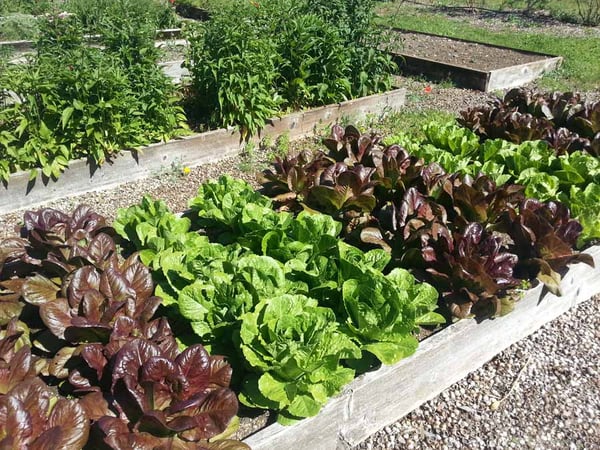
Plus, planting several varieties of one vegetable will help you learn which types of plants are most hardy.
“If you’re planting just one variety of beans, for example, and a pest comes in and wipes them out, then you don’t have any beans!
“If you plant three varieties, your chances the pests will like them all aren’t that high. For example, pests can’t camouflage as well on purple lettuce as green, and endive may be too bitter for pests, some tomato varieties are more resistant to blight than others, some can handle drier weather better.
“This is one of the secrets of organic gardening—and this tip goes back for eons. In the Andes, families would grow 20 different types of potatoes to ensure a good yield because you can’t predict the weather. Think of it as insurance for your garden.”
Tip #3: Till Your Garden The First Year Only
While many of us till our gardens at least once a year by default, Rachel recommends a low-till method for a low-maintenance garden and healthier soil.
She explains, “In the soil, there’s this whole ecosystem that builds up, and when you till it you’re disrupting that.”
"But it is helpful to till once: the first year, because the tilling adds aeration and space…and plants love that. Till the first year and then don’t walk in the beds, so you don’t compact down the air space that you just created. After you till, make garden paths and walk only on the paths, so you don’t compact the soil.
Rachel added that annual tilling does little for grass and weed control, as it breaks the weeds into smaller weeds which produce more grass, while bringing weed seeds to the surface to grow.
She offered this analogy: “Think of it like the Sorcerer’s apprentice, where he broke the broom but it just kept on producing more and more brooms.”
Tip #4: Buy High Quality Seeds From Local Companies
When it comes the health of our gardens, an ounce of prevention is worth a pound of cure and that prevention starts with healthy seeds.
“If you want to set yourself up for success, don’t just buy your seeds off the seed rack at your local big box store,” says Rachel.
“If you can find a seed company that produces seeds in your climate and region, your chances of success are much better than if you go with a really massive company that produces seeds for the whole nation.
“Since they grow in the Southeast, their plants acclimate to the region and produce stronger seeds for our hot, humid climate. They may cost a little more upfront, but you’ll save time and money long-term.”
Rachel recommends Southern Exposure Seed Exchange for the best selection of regional seeds.
However, sometimes you have to branch out to national brands to get the variety you want. In this case, Rachel recommends buying from companies that sell to home gardeners and large farms.
“If you buy from companies that service larger farms, they’re much more likely to produce high-quality seeds with proven yields.”
For national seed companies, she recommends:
- FedCo Seeds
- Johnny’s Seeds
- Native Seed Search—for heirloom seed varieties (which may or may not produce as well as the aforementioned companies)
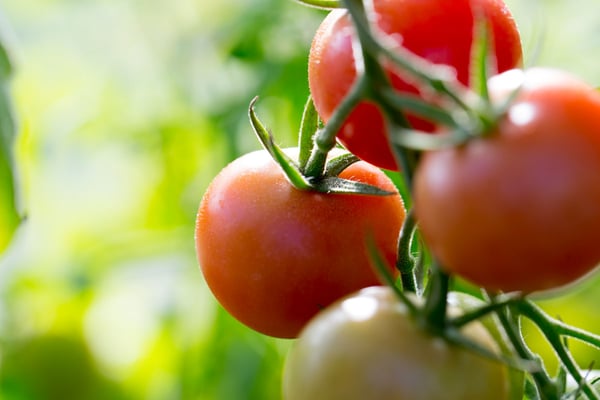
Tip #5: Get your plants at the right time of year from the right nursery
Just like seeds, you’ll have better success with plants or starts if you buy from local nurseries that grow their own plants and supply to farms and other nurseries.
“The cost isn’t much more than you would pay at a big box store, but the quality is so much better due to the fact they sell to professionals. And if you eat from those plants for 10-15 years, at that point you actually save money and time over the long-term.”
Rachel added that timing is important when it comes to buying plants:
“If you’re buying off-season or when the other nurseries are sold out, it may be wise to wait—especially with perennials.”
If you order online, she recommends looking for a nursery with a good reputation and good reviews that stands behind its products.
Tip #6: Minimize Weeding By Mulching, Mulching And Mulching Some More
Conventional weed killers work, but with growing controversy over the health implications of pesticides, many home growers are seeking alternatives.
“Mulching is one of the best things you can do for your garden,” Rachel says. “It’s low-maintenance, keeps in moisture, keeps weeds down, feeds the soil organisms and looks great.”
Here’s how to do it:
“After you till, or while you’re setting up a garden and once your plants have sprouted, mulch around them to make it harder for weeds to pop up through the mulch. You can also heavily mulch your walking paths to make it harder for weed seeds to take root and reach your plants.”
What type of mulch should you use?
Rachel recommends any type of natural mulch made of organic matter including grass clippings, wood mulch, etc. Pinestraw is only recommended for plants that like acidic soil, such as strawberries.
Tip #7: Let your plants control pests for you
In addition to setting up proper fencing and positioning your garden optimally, Rachel recommends using flowers for pest control.
“Plan on planting pollinator-friendly flowers on the edges of your garden or between your vegetable plants. These flowers work for you by bringing in the right insects to pollinate your plants, AND bringing in the right predators to eat the pests that prey on your plants.
“For example, there’s one type of insect called a parasitic wasp and it preys on the cabbage moth and a couple other bugs, which eat brassica vegetables. You can attract these wasps by planting Queen Anne’s lace, planting yarrow, or letting carrots go to flower.
“So flowers add beauty to your garden and help cultivate this ecosystem that protects your plants.”
For animal-variety pests like rabbits, squirrels or groundhogs, Rachel recommends making a hot pepper spray by boiling cayenne pepper in water, letting it sit overnight, adding a couple drops of natural soap to emulsify, then using it to spray your plants.
“If rabbits or groundhogs get a taste of that they won’t like it, and it’s been reported to work the same for deer too. Just make sure not to touch your eyes or face when using it, and don’t spray into the wind...it’s pepper spray after all!”
Tip #8: Keep A Journal To Help You In The Years To Come
“Over time, simple record keeping will be your ultimate resource for future gardening", says Rachel. “Keep it simple, just track which plants did well, which bugs showed up when, when you planted, what you planted, your yields, etc.”
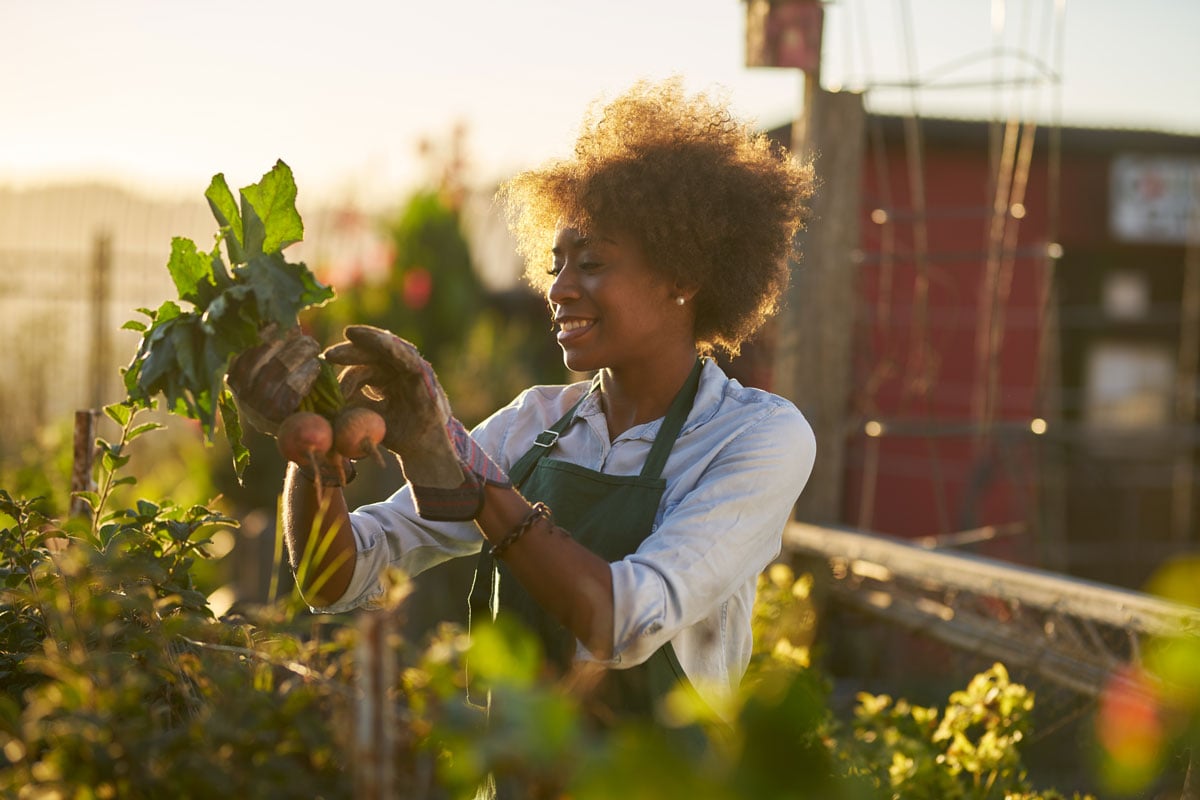
Tip #9: Don’t go it alone
A strong proponent of community, Rachel believes connecting with other gardeners is key to making your gardening journey successful, low-maintenance and fun.
“The more you can find other like-minded gardeners to connect with, either locally or online, the more manageable the whole thing becomes. You can weed together, exchange produce, share information and resources and be a sounding board for each other’s questions and challenges.”
Tip #10: Try to be consistent
Don’t put all your gardening off until the weekend!
“Even five or ten minutes a day is better than getting in a two-hour stretch on a Saturday or Sunday. That way you will catch problems earlier, which makes it easier to control,” says Rachel.
Tip #11: The ULTIMATE low-maintenance gardening method - Plan for losses and forget about it!
“An old farmer’s saying, dating from the 1800s, says this about how to sow seeds: ‘One for the mouse, One for the crow, One to rot, One to grow,’ which means they estimated losing at least ⅓-¼ of their crop,” Rachel says. She advises gardeners to expect at least a 10% loss, often more.
“Personally, instead of trying out a million types of natural pest-control sprays and techniques, I just plant a bit extra of everything, accept that it’s not all for me, and stop worrying about it.”
And if things just get out of control due to weather, a vacation, etc., sometimes you just have to be willing to let it go!
For more tips on low-maintenance gardening or to learn more about Rachel and her services, visit her online at: getyourgardengrowing.com.


